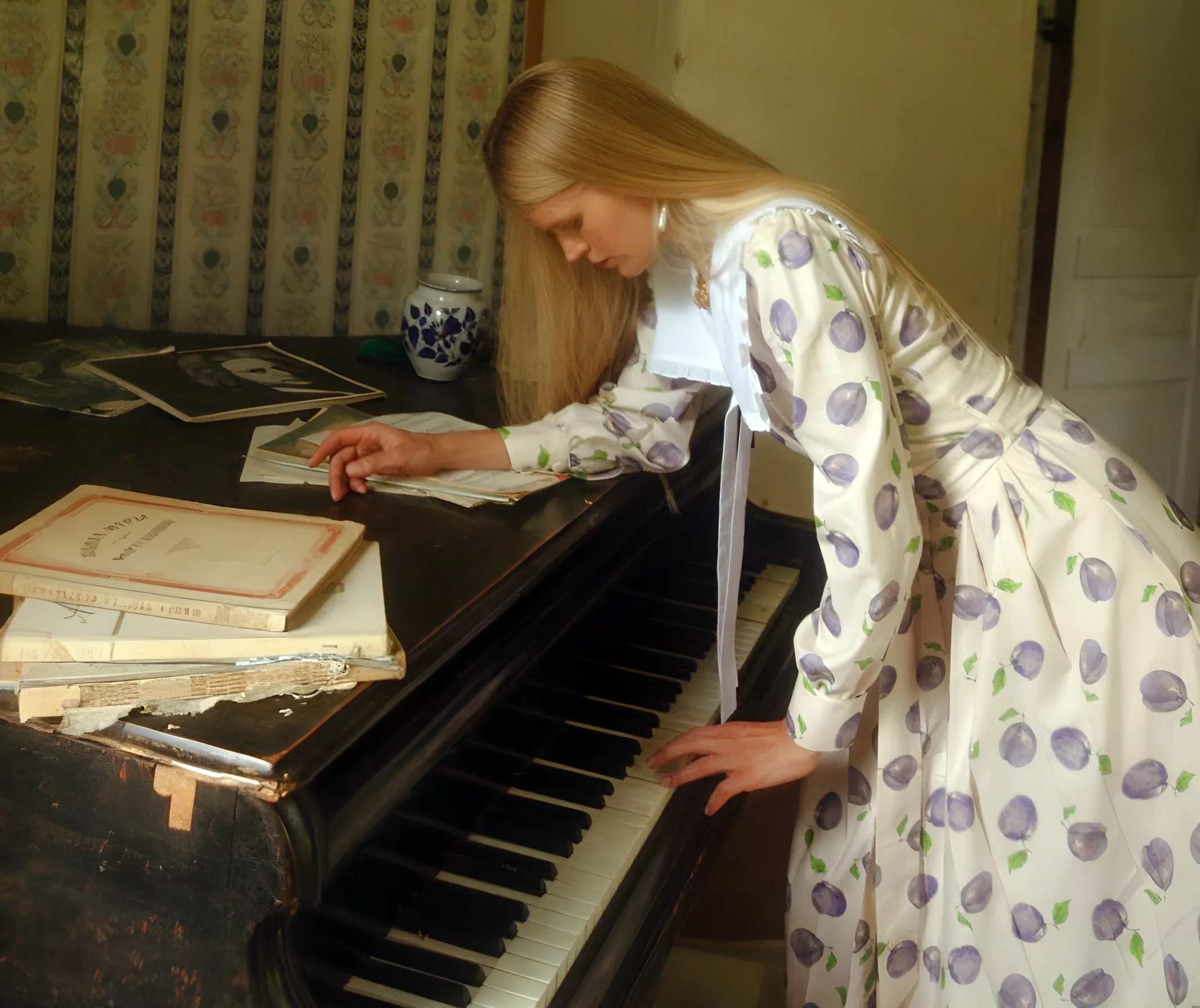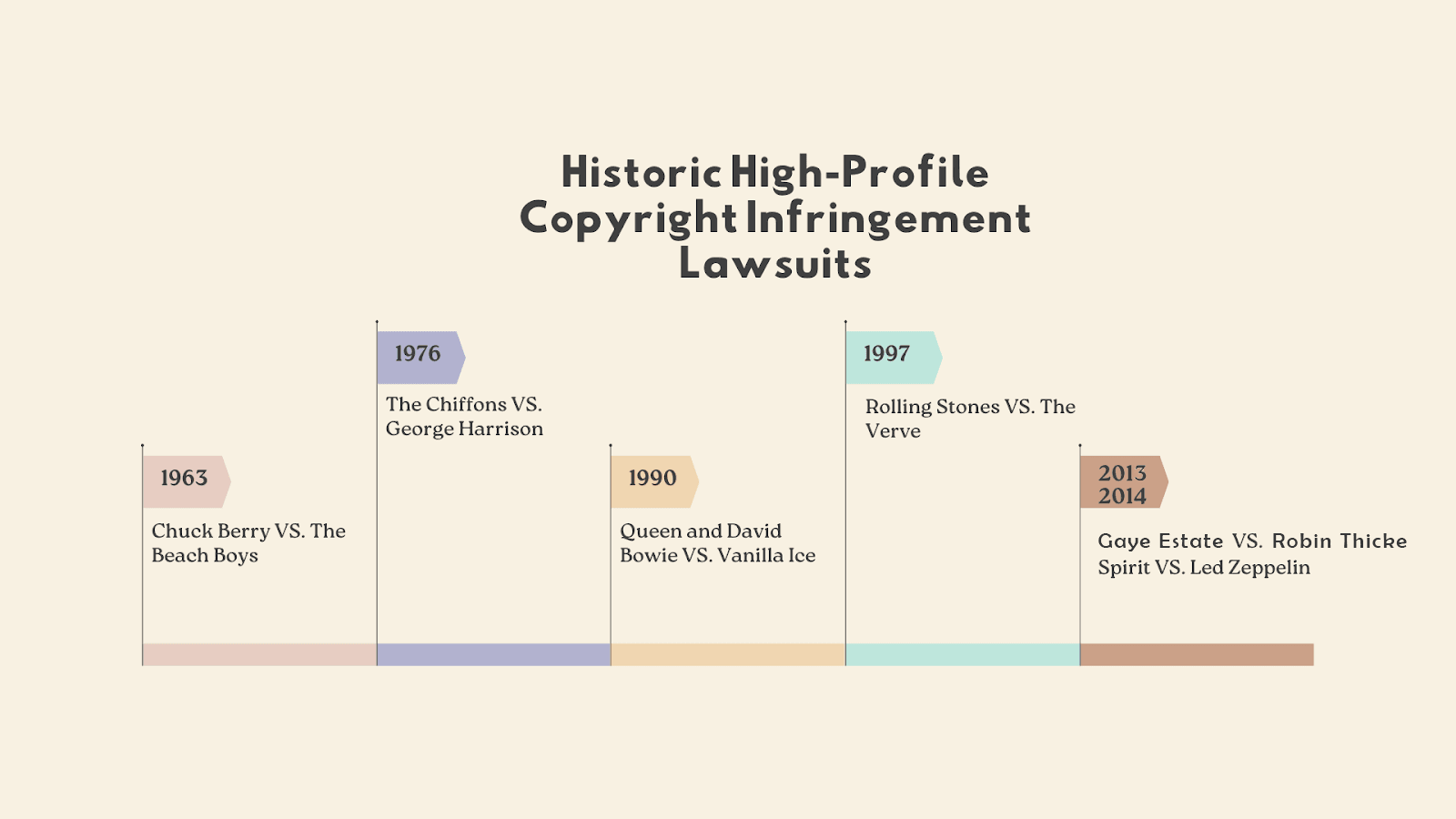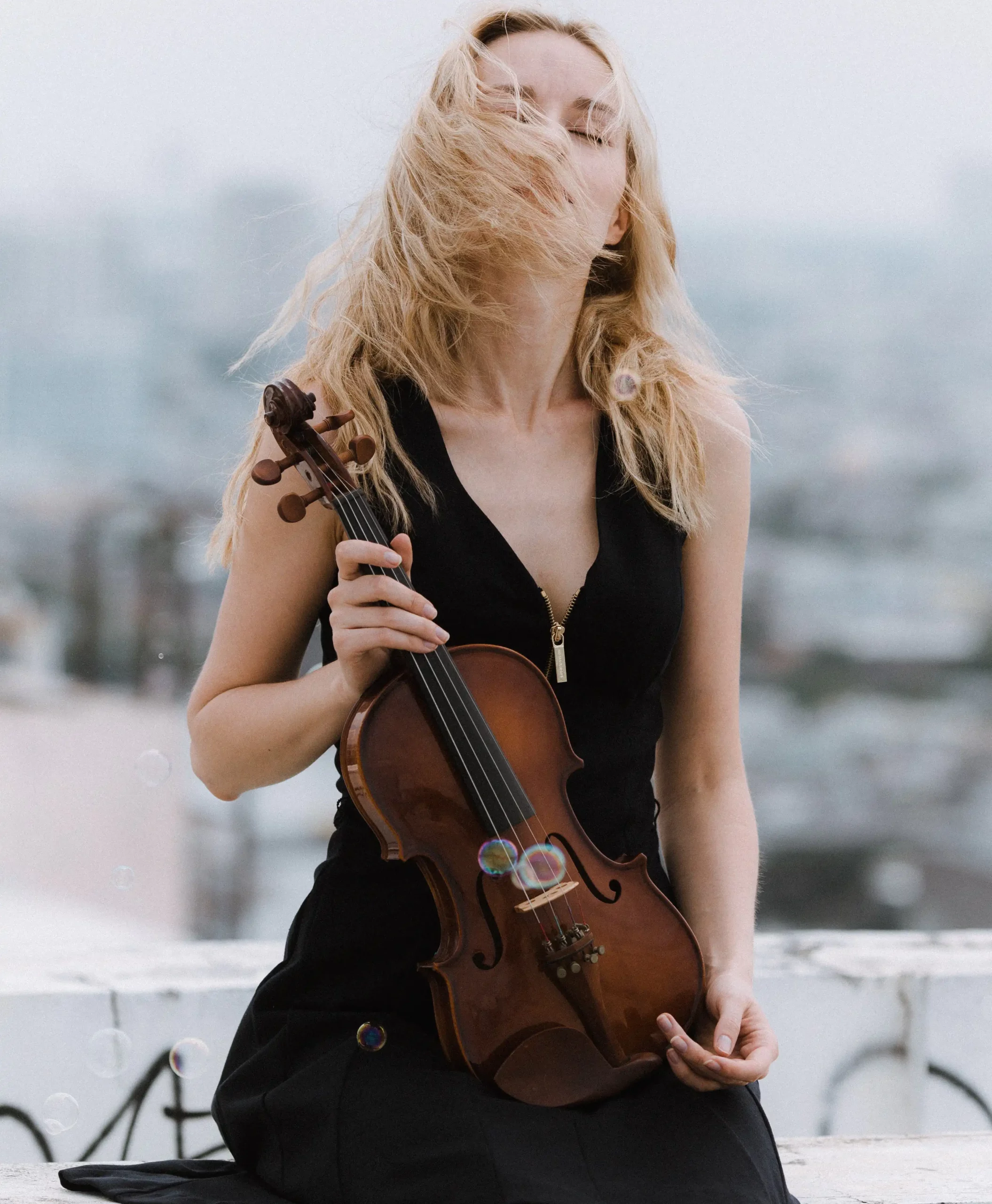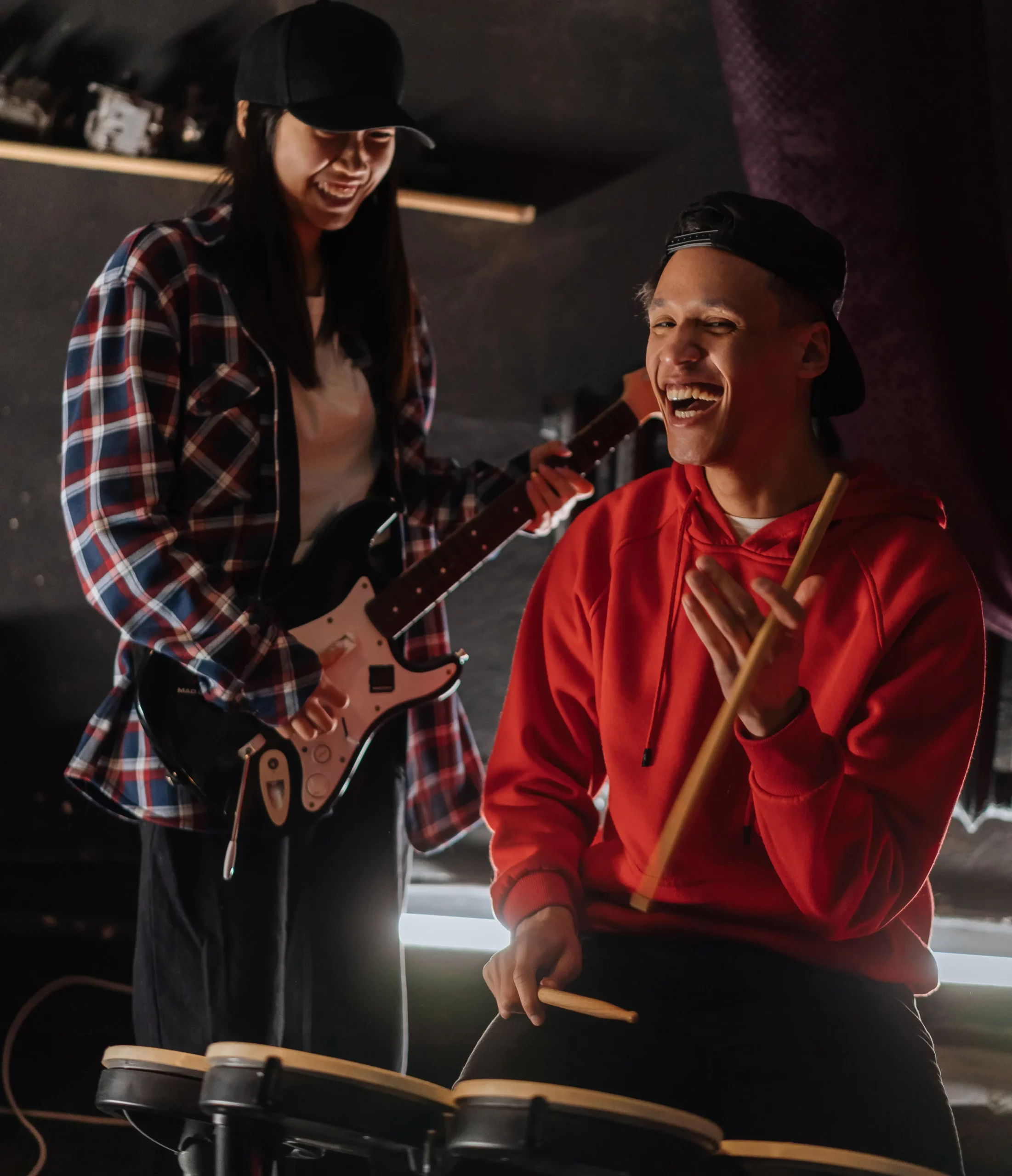
Copyrights play a pivotal role in protecting the musical expressions that captivate our hearts and minds. Now, with the Ed Sheeran lawsuit behind him, let’s dive into the state of copyright in the music biz to learn what music creators can do!
In a follow-up, we will also dive into how this context will shape the future, given the rapidly evolving technologies such as artificial intelligence (AI), and what you can do to prepare.
The Balance of Music Copyright and Inspiration
Copyright law is a collection of rights that protect various works from infringement. However, striking a delicate dance between inspiration and ownership is a tightrope tread for creators. Given that platforms are catering to work-for-hire musicians, understanding this tightrope is essential. As we delve into the rich tapestry of musical copyright, it is enlightening to see how the industry’s past sets a stage for its future, especially in a world where AI is set to redefine these boundaries.
Historical Context

The conundrum of copyright has been an arduous and high-cost process for high-profile musicians covering the last two centuries. This spectrum spans noteworthy examples such as Manchester’s alternative rock band, The Verve, to legendary surf rockers, The Beach Boys. Historic high-profile copyright infringement lawsuits have highlighted the need for musicians to understand the boundaries of copyright law.
Present-Day: Blurred Lines and Ed Sheeran Lawsuit

In 2013, Robin Thicke and Pharell Williams were sued over their hit song Blurred Lines by Marvin Gaye’s estate, who claimed that it bore a remarkable similarity to his chart-topping disco-era hit Got to Give It Up. After a long 5-year legal battle, the court ordered them to pay ~$5 million plus half of all future royalties for the hit song.
A decade later, in 2023, a high-profile trial for copyright infringement against singer-songwriter Ed Sheeran’s hit, Thinking Out Loud, held by the estate of Townsend, who co-wrote Marvin Gaye’s 1973 hit Let’s Get It On, rocked headlines and transformed the music industry with a proposed question:
So, where do we draw this evidently blurred line between inspired creativity and literary theft?
A Deep Dive
Musical Inspiration: The Fuel and the Fears

As musicians, we draw breath from a catalog of collected memories, musical repertoire, beloved albums, and radio hits – they fuel our creativity. Paul McCartney had a musical vision of Yesterday in a dream in 1963 London and his initial concern was if the musical idea was subconsciously plagiarized: a phenomenon known as cryptomnesia. The weight of plagiarism becomes heavy when copyright claims start flooding big-name musicians’ mailboxes. Consequently, freedom of expression – an imperative part of the creative process – can become lost out of fear.
What is Infringement Anyway?
According to copyright law, when someone ‘samples’ another’s music, they must receive permission from the copyright owner or risk infringing. Music copyright infringement is contingent on the overall similarity and substantial copying of compositions, such as melodic phrases and lines, and the song arrangement and structure.
Marvin Gaye’s Let’s Get It On and Ed Sheeran’s Thinking Out Loud primarily share the same chord progression and harmonic rhythm or groove yet there are countless differences in the melodic phrasing.
Ed Sheeran Lawsuit: A Case for Copyright Freedom
The pop star took a brilliant course of action in his Thinking Out Loud copyright infringement lawsuit, by presenting to a jury who lacked a deeper understanding of music and intellectual property. Sheeran brought his acoustic guitar and played a mash-up of songs that began with the singer-songwriter’s smash hit and ran through a catalog of chart-topping songs that spanned genres, yet were all linked by a common chord sequence. The jury, perhaps unversed in musical theory, could still appreciate the fundamental similarities.
Sheeran’s triumph in the Manhattan courtroom was a win for all artists in the music industry because of what it signified for copyright freedom. The singer-songwriter’s court-case performance displayed the ambiguities faced in originality and ownership and had musicians rethinking if they had the right to claim a chord-progression sequence. Sheeran proved, with colorful mash-ups and medleys, that interchangeability in musical compositions can be evident but also unintentional. His approach called for a more nuanced perspective, urging a reconsideration of the rigidity of copyright claims.
A New Era for Music Creation
Post-Ed Sheeran Lawsuit, his legal victory has rekindled a focus on the pure essence of music—free from copyright complexities. Furthermore, this spotlights platforms like JamWith, which are propelling a revolutionary shift in the music industry. These platforms transcend mere rule changes; they completely rewrite the game, enabling harmonious collaboration where no single conductor dominates. Instead, diverse voices breathe life into compositions.

JamWith and similar platforms will lead this new era of creativity, skillfully navigating collaborative music-making while upholding intellectual property rights. By granting creators control over exposure, they build bridges between imaginative minds. Each artist’s unique contribution is celebrated, interweaving into a seamless masterpiece.
Let JamWith be your collaboration and copyright superpower
Introducing JamWith, the Linkedin for the music community. Sign up now!
Join our Discord to get involved with a growing community of talented artists and get opportunities for features, collabs, and feedback! Subscribe to the JamWith Briefing newsletter for updates and to be kept up-to-date on tips, music industry trends, and the innovative tools we are developing to make collaboration and artist showcasing effortless. To discover how JamWith can enhance your music career, check our page.
The stage is now set for a novel act—an orchestrated collaboration of artists, groundbreaking platforms like JamWith, and the spirit of unbridled creative expression.
In an upcoming segment, we’ll dive deep into the implications of AI in the music copyright industry.
We’ll show you how to prepare against the onslaught of rapidly evolving technology!
Tips for Music Creators
- Not only should you do your research to be aware of copyright laws, but always respect the rights of other creators.
- Above all strive to create original and unique compositions, incorporating your creative ideas and elements.
- Seek proper permissions and licenses when using copyrighted material, such as samples or covers.
- If you believe your work has been infringed upon, then consult with legal professionals to understand your rights and options.
Resources for Copyright Laws
- United States Copyright Office: https://www.copyright.gov/
- European Union Intellectual Property Office: https://euipo.europa.eu/ohimportal/en.
👇 👇 👇 👇 👇 👇
Tune in and share your opinion below (anonymous)!
We will provide the results and consider them when writing future articles.

What is your opinion on AI-generated music?
